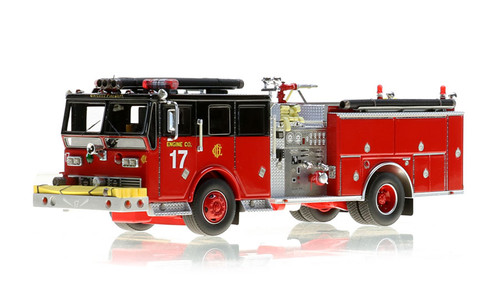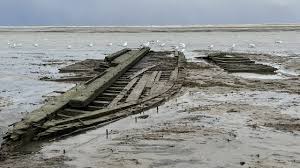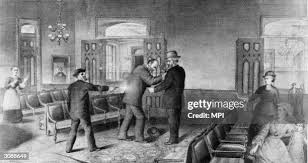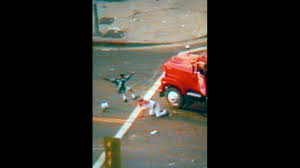
Introduction
The Great Chicago Fire, which occurred in October 1871, remains one of the most devastating disasters in American history.
It not only reshaped the city of Chicago but also influenced fire codes, urban planning, and community resilience efforts nationwide. Understanding the causes, events, and aftermath of this disaster is critical in recognizing how cities evolve in response to crises.
What Happened During the Fire?
The fire ignited on the evening of October 8 and continued to burn for over 24 hours. Originating in a barn on the O’Leary’s property, it spread quickly due to dry conditions and strong winds. The fire consumed roughly 3.3 square miles of Chicago, destroying over 17,000 buildings and leaving approximately 300 people dead. By the time the flames were finally extinguished, it had left more than 100,000 residents homeless.
Immediate Responses
The immediate aftermath of the fire led to a massive relief effort. Local citizens, businesses, and organizations mobilized to provide shelter, food, and assistance to those affected. The fire posed urgent questions about urban firefighting capabilities, leading to the establishment of improved fire codes and policies that emphasized safety and preparedness.
Long-term Impacts
In the wake of the fire, Chicago underwent a significant transformation. The rebuilding effort focused on modern infrastructure, leading to innovative architectural designs and the development of skyscrapers. Notable buildings were constructed after the fire, and the city’s growth contributed significantly to its status as one of the major urban centers in the United States.
Conclusion
The Great Chicago Fire was more than just a tragic event; it served as a catalyst for change. Its legacy continues to resonate today, not only in Chicago but across the country. Current urban planning continues to be influenced by the lessons learned from this disaster. As cities confront new challenges such as climate change and resource management, the call for resilience against natural and man-made disasters remains a high priority.
Understanding events like the Chicago Fire helps communities prepare for the future, ensuring that cities are equipped to handle crises with a focus on safety and sustainability.






